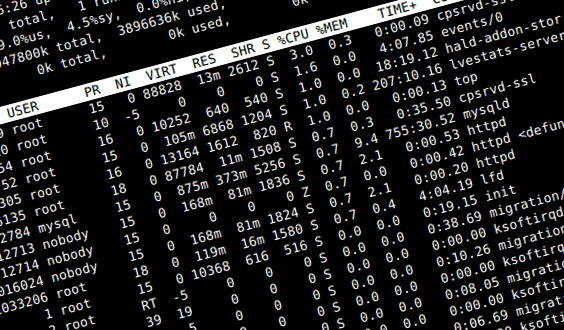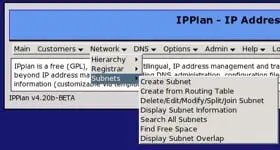Home » 2012
Linux Restricted Shells: rssh and scponly
Restricted shells like rssh and scponly give sysadmin the possibility to limit the operations that Linux user can do, for example you can create user that will be allowed to copy files via scp but won’t be permitted to login into system’s command line. This is quite important security feature that should be considered by every sysadmin to prevent unauthorized activity by users for example over SSH. If you have some online storage that is used for uploading backup data over scp or rsync/ssh from remote hosts then … Read more









